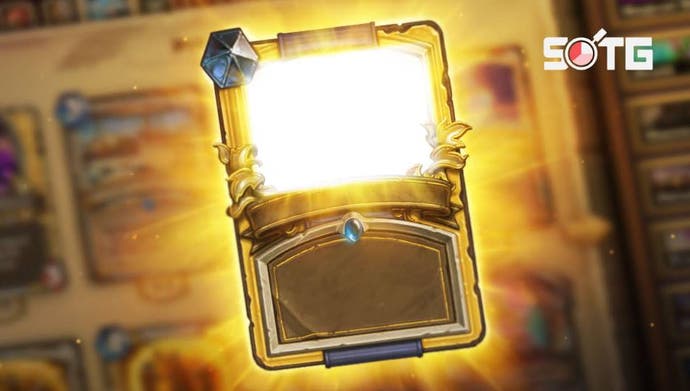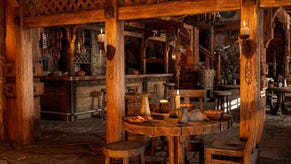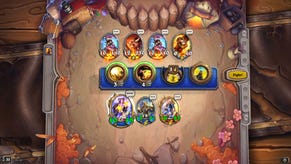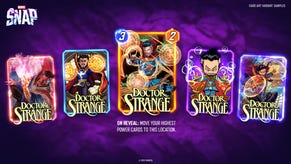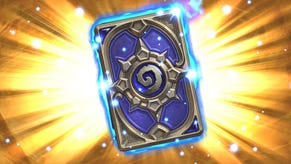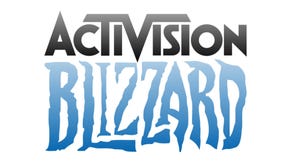State of the Game: Hearthstone - one of the best games you shouldn¡¯t play
Value lost.
When it emerged from open beta eight years ago, Hearthstone was a titan. Developed on a modest budget by a rotating team of less than 20 people, Hearthstone took the time-tested collectible card game blueprint from Magic the Gathering, distilled it to its essence, polished it to a shine, and conquered the world. It made millions of dollars. It paved the way for 101 other 'free-to-play' CCGs including Gwent, Legends of Runeterra, Shadowverse, and Valve's ill-fated Artifact. It was among the yearly top 10 most viewed games on Twitch for five years after launch. And it showed us that a successful esport needn't revolve around hair-trigger reflexes or high APMs.
Thirty-odd card sets and almost a decade later, the development team has ballooned to over 150. Hearthstone now has several new game modes, a revamped economy, an achievement system, a whole new playable class and new generation of streamers and esports casters and competitors. Twitch viewers and player counts have levelled off since the glory days. But, as Hearthstone remains a giant among live service games despite its vintage, how is it really holding up? And, critically, is it still worth playing?
Of course, that's difficult to answer without also addressing the controversies swirling around Hearthstone's publisher, Activision Blizzard. These have been bleak. Multiple lawsuits allege widespread sexism, harassment and abuse. Leaked chat messages implicated at least one former senior Hearthstone developer. Several current Hearthstone devs have been vocal in their advocacy for change. Nevertheless, it's hard to ignore that every dollar spent ingame goes to a company that has enacted swingeing layoffs, engaged in alleged union-busting, and is somehow still headed by a man accused of covering up serious misconduct, and making death threats against an employee. And Hearthstone has had its own share of controversies to boot.
All this casts a long shadow, making it harder to judge Hearthstone on its own merits or fully separate the art from the artist. And that's a pity because there's a lot of artistry here.
Hearthstone's main mode, now clumsily named 'Traditional Hearthstone', is your normal collectable card game fare. Build a deck of 30 cards and reduce your opponent's health to zero. A few times a year, a new set of cards is released, and the metagame equilibrium shifts towards new decks and strategies. Rinse and repeat till time stops turning.
That could describe most any CCG but Hearthstone's secret sauce is (relatively) simple gameplay, gleeful random card generation and excellent theming and game-feel. And that hasn't really changed over the years. The new set themes are unfailingly delightful. There have been dinosaurs and whispering eldritch horrors. Last year was a World of Warcraft nostalgia trip with ten interwoven character stories. This year has been an EDM Voyage to Atlantis, followed by Vampire Cluedo. Some sets are better than others, but new cards are always presented with the same sparkle as the cinematic trailers.

Each set brings new gameplay mechanics but, with only a few exceptions, these innovations are usually ephemeral. Spells now have 'spell schools'. There's a new shaman totem. And 2020 introduced a new demon hunter class, which captures the acrobatic flavour of its World of Warcraft namesake. Other than that, Hearthstone is still a mechanically similar game to the one that launched in 2014.
Design philosophy has changed more than mechanics, and mostly for the better. Blizzard has toned down the randomonium, though not too much. Hearthstone's policy towards nerfs has become more permissive and overbearing cards are quickly tweaked. New mini-sets periodically enliven the metagame. And dev communication has improved tremendously. Game director Dean Ayala's regular Twitter Q&As are always insightful, even if he does keep threatening to introduce flavour-ruining cross-brand IP collaborations a la Fortnite.
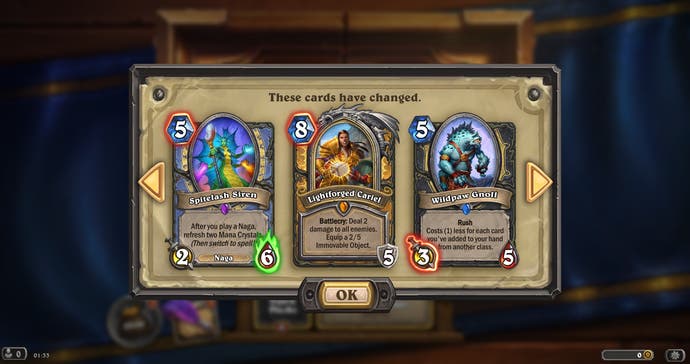
As someone who likes slow, grindy decks, the least positive change has been a pivot to faster games. Last year brought a number of game-ending combos, which reoriented gameplay from board-based minion battles to quick explosive KOs. Some loved it, but it rendered tinkering, meme decks and value-based 'control' strategies less viable. Gladly, this year, with cards like Prince Renathal, janky value decks have reappeared. Long may they prosper.
The most notable additions, though, are not changes to the core gameplay, but the introduction of several completely new game modes. There's now a throwback 'Classic mode', some secret community puzzles, several solo adventures and a few superb single-player roguelikes. But the big three are Battlegrounds, Duels and Mercenaries.
Battlegrounds, Hearthstone's 2019 answer to the autobattler genre, is a whole game in itself, and deserves its own article. The monetisation is crummy - a periodic cash fee for a competitive edge - but it's regularly updated with new minions, mechanics, and new broken compositions to luck into. If you want some of that Hearthstone magic on a budget, costs are relatively low, doubtless fuelling its massive popularity.
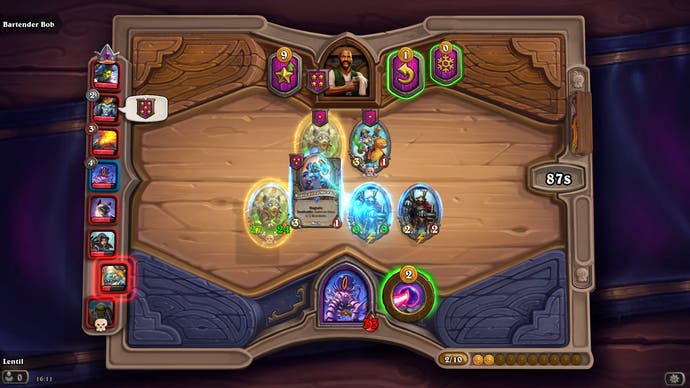
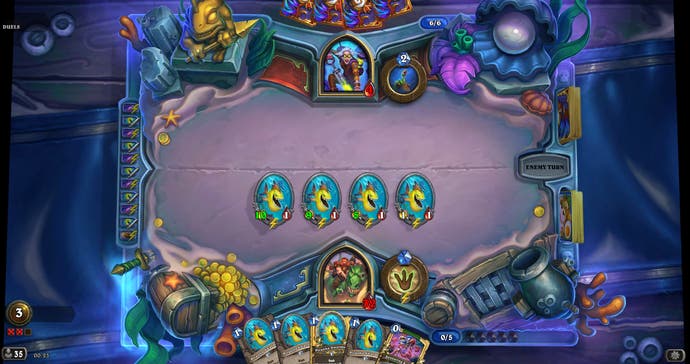
'Duels', by contrast, never gained the popularity it deserves. Based on Hearthstone's really-rather-good single-player dungeon runs, Duels is a competitive deck-building roguelike. Sometimes you get steamrolled by a luckier opponent. But, like all good card games, it's possible to make your own luck through careful decision-making. And high-rolling an unbeatable deck is always a good time. Given its focus on card drafting, Duels could easily have been a low-cost gateway for new players to learn Hearthstone. But, bafflingly, character power-ups were initially arbitrarily tied to your card collection. What's more, to stay competitive you must craft old, arcane and otherwise unviable cards for your starting deck. Some of these restrictions have now been relaxed, but the damage is done.
Mercenaries, the most recent game-mode, is a rare miss. Initially it looked like Hearthstone's answer to Slay the Spire. Instead, we got an uninspired and unpolished gacha RPG which does little to bring variety or replayability. Some of the boss-fights and team compositions have been made with care, but these moments of genuine craftsmanship are stretched wafer-thin under the crushing weight of a tedious resource grind and a monetisation system apparently designed to bore you into submission. Early on, I painstakingly built a competitive team for multiplayer. It was fine but sometimes felt deterministic and matches often went down to a coinflip. Strategic depth might have improved with newer mercs, but the prospect of grinding another maxed-out team is genuinely nauseating.
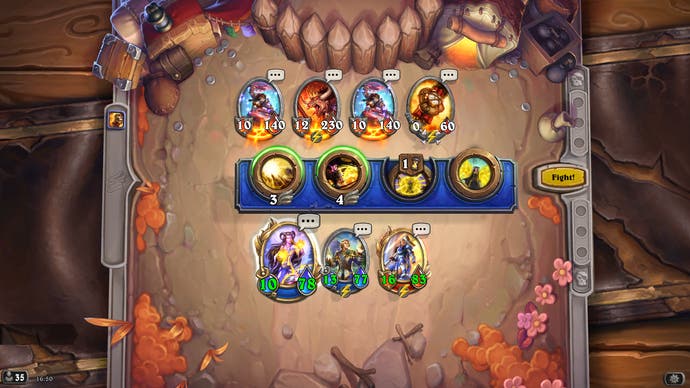
In addition to new modes, Hearthstone also now has an achievement system which provides a fun tick-list for tracking progress in Arena, Duels and Battlegrounds alongside cosmetic incentives for finishing your card collections. It's a fine foundation, but there's substantial room for improvement, and the Standard-mode cardset achievements are often grindy and unrewarding.
Of course, part of the fun of CCGs is the community that develops around them. Though diminished, it's still in good health. Early Twitch mainstays like Trump and Kibler are still around. Others have moved on, but newer faces like RegisKillbin have replaced them. Hearthstone esports continues, but viewer counts plunged when tournaments moved from Twitch to YouTube in an exclusivity deal. And that's a real shame as the quality of broadcasts is as high as it's been. The small team of casters are at the top of their game. Jia and Darroch are unfailingly charming and insightful. Jia, especially, takes game knowledge so seriously that she recently accidentally qualified for a tournament she was hosting. Lorinda and TJ's transatlantic double-act is often laugh-out-loud funny. And Raven and Sottle are good too! Some of the new competitors are equally good value, especially French wunderkind Gaby, who plays at sonic speed to the beat of unheard music.
All Hearthstone's other major changes centre around the economy and cosmetics. Traditionally, Hearthstone released hero skins sparingly, nay, glacially. These were always polished and characterful - a gilded god-king who oozed condescension or an ultra-annoying robot whose eight spammable voice-lines were all 'HELLO'. Over the last two years, though, the floodgates have opened, spewing out rhemes of low-effort skins with names like 'Room Temperature Ragnaros' or 'Humble Swineherd Anduin' that deliver stumbling half-paragraph soliloquies in lieu of greetings.

Also, you can now get 'Diamond' cards with 3D animations. They're fun in theory, but distractingly gaudy - impressive in a game as loud as Hearthstone. The studio tried hawking one for £21. There are cosmetic skins for 'the coin' plus boards and alternative 'bartenders' for Battlegrounds, none better than Bob.
Most additions exist to furnish the new seasonal 'Tavern Pass'. It's relatively well designed, honestly. The pace of unlocks is reasonable and, unlike Magic Arena, doesn't feel like a second job. But it's another £17 every expansion and, let's be real, unless you're actually a shareholder, it's hard to get excited about a battle pass.
Alongside that Tavern Pass came an overhaul to Hearthstone's economy. Instead of giving gold directly, daily quests now give 'rewards track experience', granting gold or other goodies when you level up. This caused uproar initially, but I seem to get slightly more stuff than before. Rewards are front-loaded, so casual players should see more difference. But it's an extra layer of abstraction. And despite these extra rewards, and the introduction of duplicate protection, it's still extremely stingy.

And that's really the heart of the problem. Certainly the game engine is showing its vintage and sometimes glitches and stutters so badly it's like I'm running it on a Pentium III. But, charitably, these are just the normal patina of age. If money were no object, Hearthstone would still be an easy recommendation. Duels and Battlegrounds are delightful. (Some) steps have been taken to streamline the new player experience too. The new rotating 'basic' set gives more free cards and the 40 new 'apprentice' competitive ranks provide incoming players a much softer landing. The bloat of eight years is well hidden, and everything except mercenaries is infused with genuine fun. Believe me, I've strayed. I've dabbled in Runeterra and Gwent and Magic and Shadowverse. But I always come back to Hearthstone.
Even so, it's impossible to recommend Hearthstone to new players. To stay competitive, you must stump up at least £45 three times a year, £70+ if you don't play religiously. This is on top of the staggering upfront cost of existing cards and without any extra goodies. You can scrimp and save and cobble together a competitive deck for free, but it's hard to know your favourite playstyle without experimenting, and impossible to experiment without the cards. Then, when the next patch rolls around, your precious deck is often obsolete.
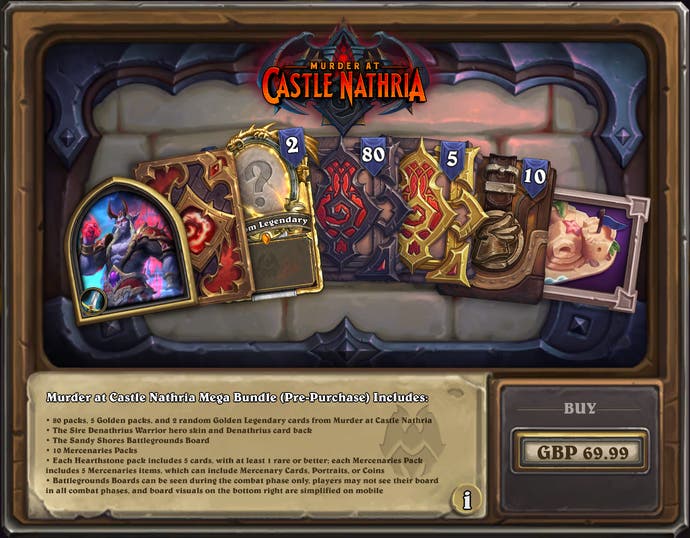
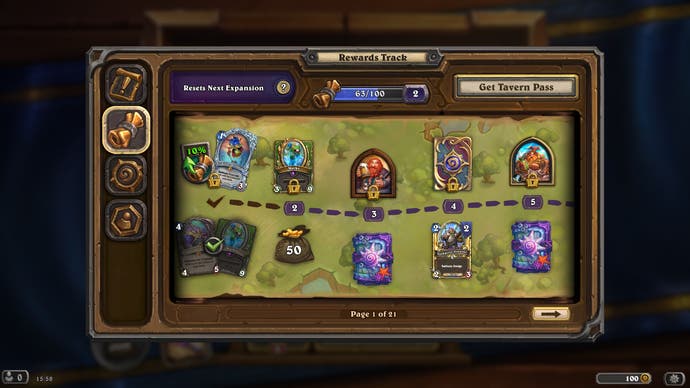
With downtrending player numbers and a drive to increase profits, the only option is to juice existing players harder with more sets per year, or battlepasses, or £21 diamond cards, or ugly unavoidable pop-ups whenever you open the client. Some clever soul with a calculator has worked out exactly how hard to squeeze. But costs are fatiguing and prices never factor in long-term good will, which dwindles further with each disastrous news story.
There's some small hope that, with the upcoming Microsoft acquisition, Master Chief will burst in, vanquish Bobby Kotick, dispel Blizzard's culture of greed and managerial overreach, then usher us all to Valhalla. Until then, while it's still among the best CCGs in the business, Hearthstone just doesn't know the value of value.
This piece is part of our State of the Game series, where we check in on some of the biggest service games running to see how they're getting on. You can find plenty more pieces like it in our State of the Game hub.
